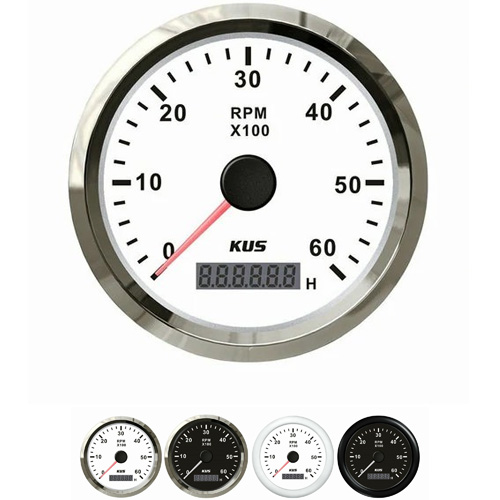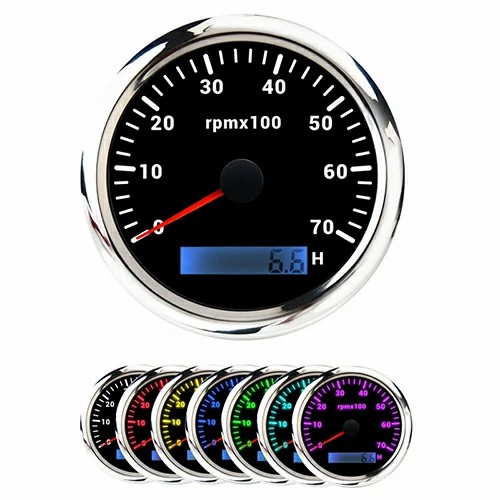how to read tachometer
The relationship between speed and speed. In a fixed gear, speed and speed are closely related. For example, when KK of 1.2 is at speed 60 in gear 4, the speed must be 2000. If you know any two values, you can deduce the third value. For example, if you know the speed of 2000 and speed of 60, you know that the gear must be in 4th gear. No matter what road conditions, whether you step on the accelerator or not, this correlation exists. For example, if you don't step on the accelerator at all on the next steep slope, the speed is still 60 and 2000 in gear 4. This correlation is based on the speed shift, which is similar to the speed shift principle, but there is no need to remember the speed shift.
Normally open, not to mention the first gear. If the second gear or above is the 2000 shift gear, the speed corresponding relationship is probably that the second gear 2000 speed 28 can be upgraded to the third gear, the third gear speed 42 can be upgraded to the fourth gear, and the fourth gear speed 60 can be upgraded to the fifth gear. Of course, you can remember the speed of each gear without looking at the speed, but the speed value is relatively integer and easy to operate. Generally, when the speed drops below 1200 in the gear, although it will not stop, it is not far from the drag gear, which is not good for the engine, so it is recommended to downshift below 1200. The above is the step-by-step increase and decrease, and the cross-level increase and decrease will be discussed below.
The speed mentioned here can only be referenced when the gear is shifted. The speed cannot be referenced when the gear is in semi linkage or neutral. In addition, the shifting action should be skilled and fast, otherwise the action will be slow in the process of shifting, the speed and speed will fall, and the time will pass. For example, when the speed of gear 4 is 60, it will increase to gear 5. The shift speed is slow. It will stay in neutral for a long time. The speed and speed will fall off. When it is increased to gear 5, it will definitely rub the car or drag the gear. Generally, if you shift gears skillfully, the speed will only drop to a certain position according to the gear ratio (generally drop by three or four hundred). When the upshift is completed, the speed and speed will rise steadily with the increase of the throttle, that's right. Due to unskilled shifting, the speed of the accelerator is increased when the gear is in neutral, but only part of the kinetic energy is stored in the engine. This speed has no reference significance and will only make the car rush forward when the gear is engaged. These are purely caused by unskilled shifting and have nothing to do with the shift timing.
 English
English 



Get a Quote / Info